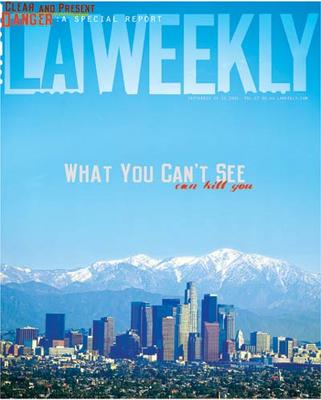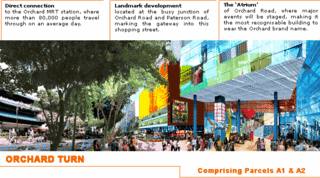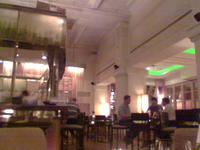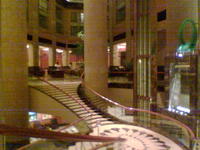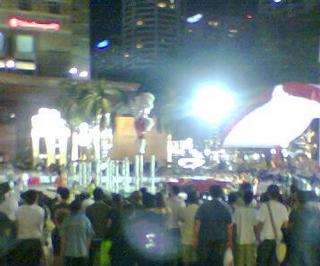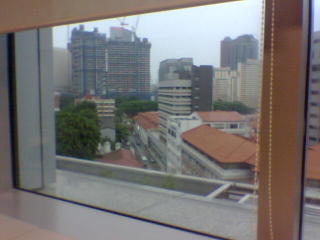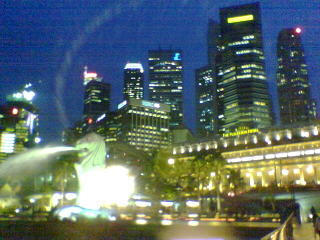by Dan Barry, NYT Sep 8, 2005
NEW ORLEANS, Sept. 7 - In the downtown business district here, on a dry stretch of Union Street, past the Omni Bank automated teller machine, across from a parking garage offering "early bird" rates: a corpse. Its feet jut from a damp blue tarp. Its knees rise in rigor mortis.
Six National Guardsmen walked up to it on Tuesday afternoon and two blessed themselves with the sign of the cross. One soldier took a parting snapshot like some visiting conventioneer, and they walked away. New Orleans, September 2005.
Hours passed, the dusk of curfew crept, the body remained. A Louisiana state trooper around the corner knew all about it: murder victim, bludgeoned, one of several in that area. The police marked it with traffic cones maybe four days ago, he said, and then he joked that if you wanted to kill someone here, this was a good time.
Night came, then this morning, then noon, and another sun beat down on a dead son of the Crescent City.
That a corpse lies on Union Street may not shock; in the wake of last week's hurricane, there are surely hundreds, probably thousands. What is remarkable is that on a downtown street in a major American city, a corpse can decompose for days, like carrion, and that is acceptable.
Welcome to New Orleans in the post-apocalypse, half baked and half deluged: pestilent, eerie, unnaturally quiet...
To read the rest of the article Macabre Reminder: The Corpse on Union Street=========================================
At
www.scipionus.com people are using the power of technology, via Google Map, to update the public on the flooding conditions of N'awlins.
==========================================
"As the water recedes, more and more decaying bodies will testify to the callous and stumblebum administration response to Katrina's rout of 90,000 square miles of the South.
The Bush administration bungled the Iraq occupation, arrogantly throwing away State Department occupation plans and C.I.A. insurgency warnings. But the human toll of those mistakes has not been as viscerally evident because the White House pulled a curtain over the bodies: the president has avoided the funerals of soldiers, and the Pentagon has censored the coffins of the dead coming home and never acknowledges the number of Iraqi civilians killed.
But this time, the bodies of those who might have been saved between Monday and Friday, when the president failed to rush the necessary resources to a disaster that his own general describes as "biblical," or even send in the 82nd Airborne, are floating up in front of our eyes.
New Orleans's literary lore and tourist lure was its fascination with the dead and undead, its lavish annual Halloween party, its famous above-ground cemeteries, its love of vampires and voodoo and zombies. But now that the city is decimated, reeking with unnecessary death and destruction, the restless spirits of New Orleans will haunt the White House."
- Maureen Dowd, NYT columnist, Sep 7, 2005
to read more...
